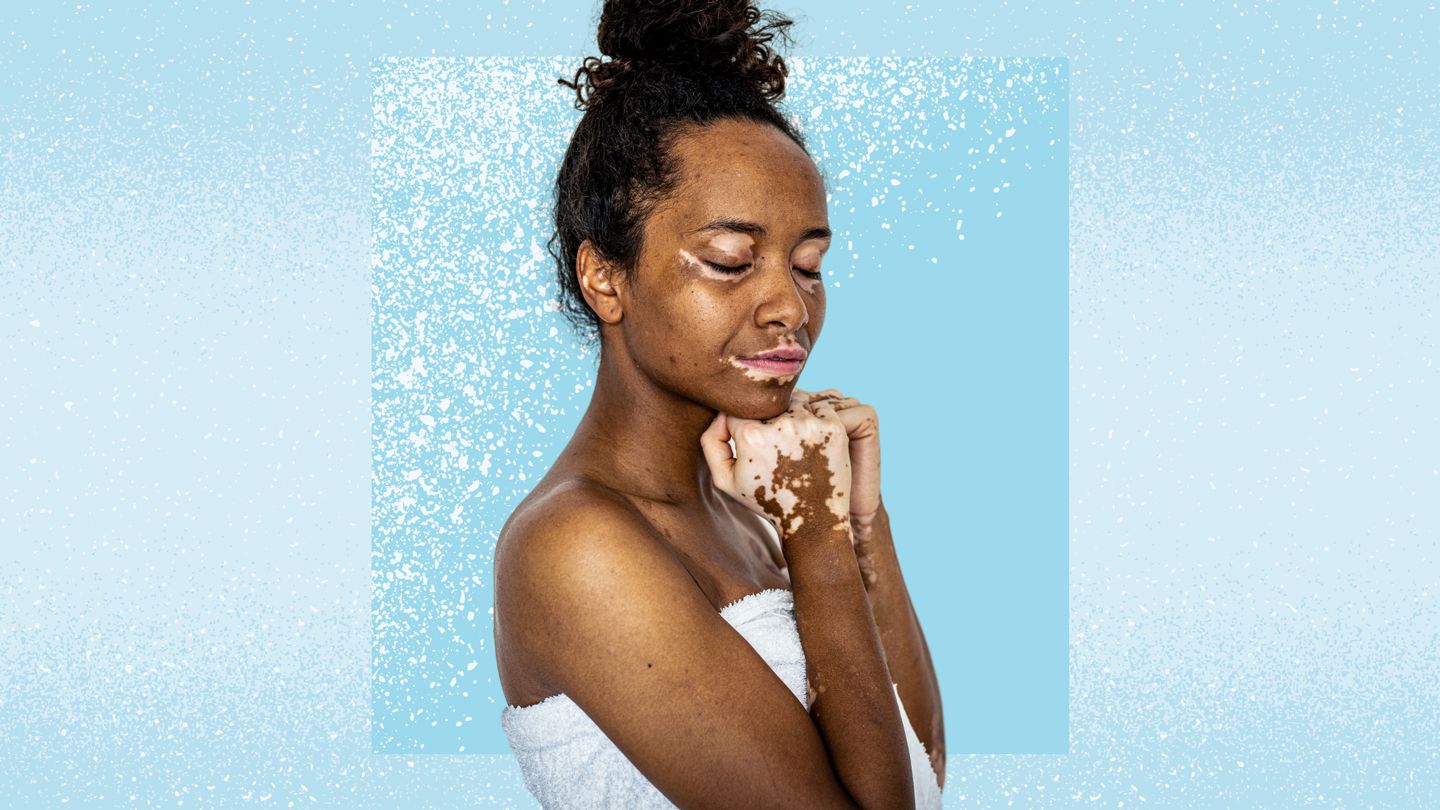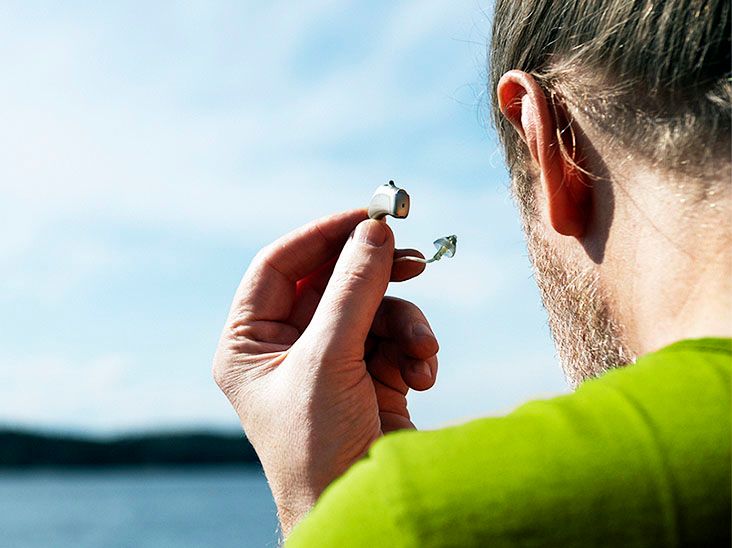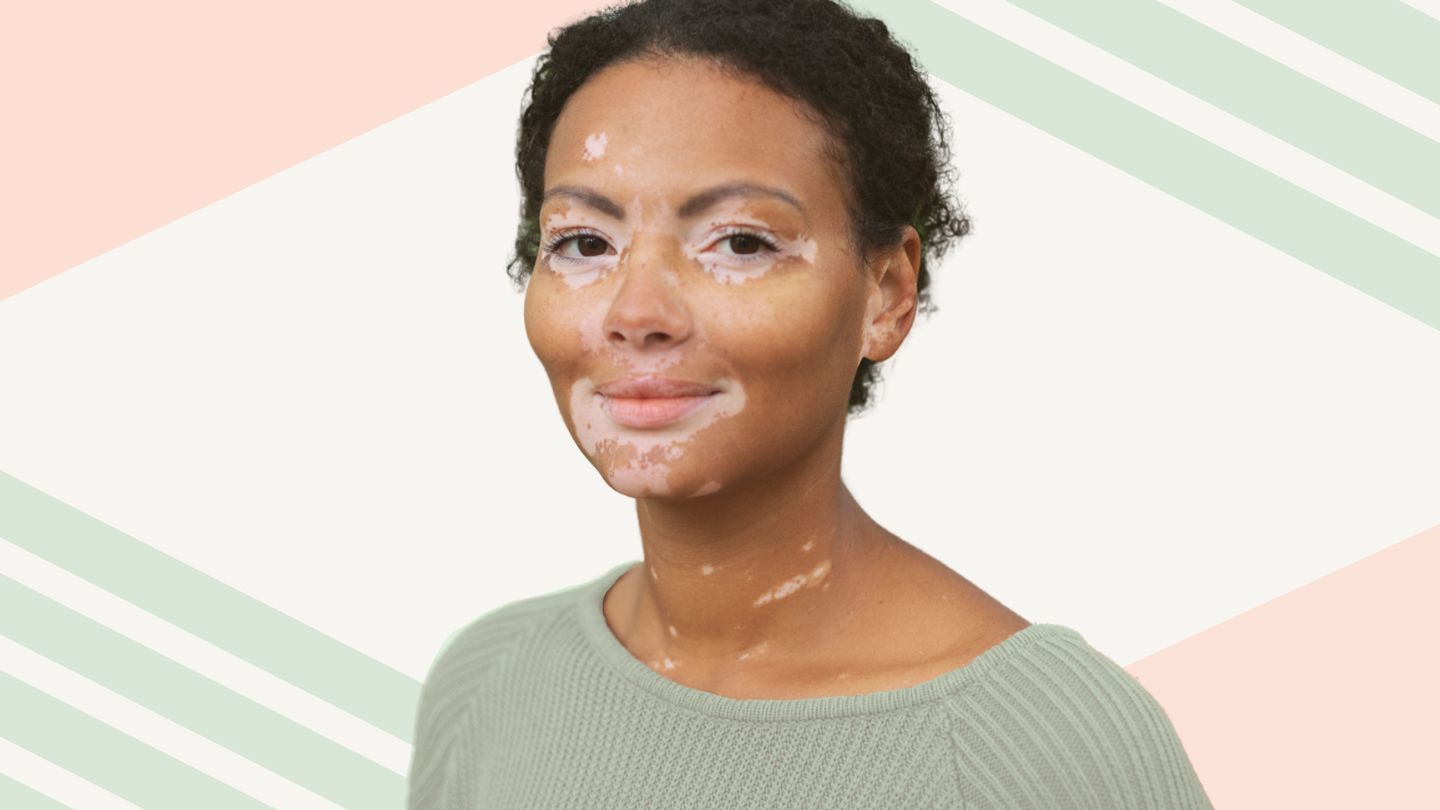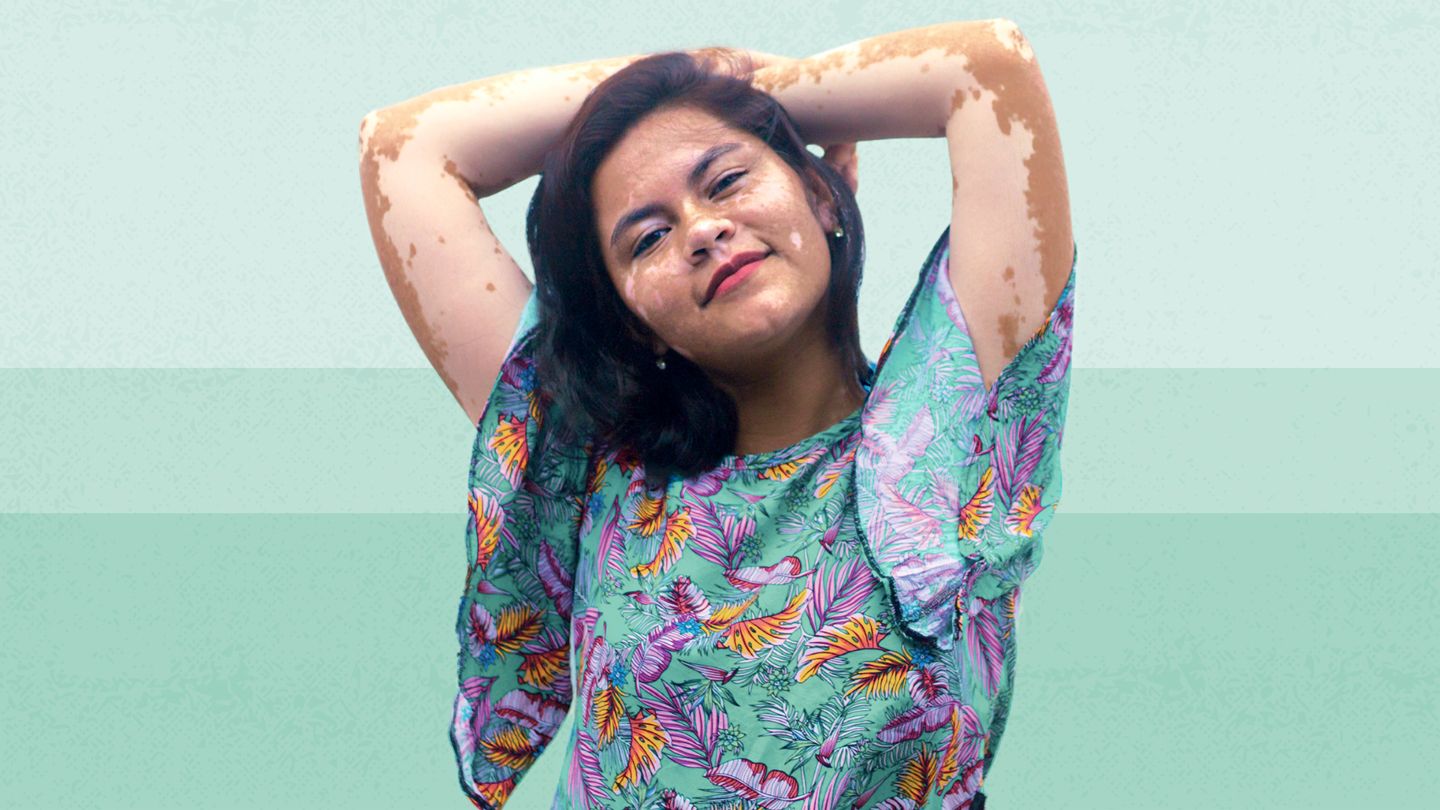Understanding Vitiligo in Asians
Vitiligo is a long-term skin condition that causes loss of skin pigmentation in patches. It occurs when melanocytes, the cells responsible for skin pigmentation, are destroyed. Vitiligo affects people of all races and ethnicities, including Asians.
Studies suggest that vitiligo may be more noticeable and stressful for Asians, especially women, due to the contrast between the white patches and original skin color. The stigma associated with vitiligo can lead to psychological distress. However, with proper treatment and coping strategies, living a normal life with vitiligo is possible.
Vitiligo in Asian Children and Teens
About half of all cases of vitiligo appear before the age of 20. Vitiligo in children and teens can be particularly distressing, as it occurs during formative social years. Those with vitiligo may be reluctant to participate in activities like swimming due to embarrassment about white patches on the skin.
It is important for parents to be understanding, patient and supportive of an Asian child with vitiligo. Provide reassurance that the condition does not otherwise affect their health. Work with dermatologists to find treatment options to repigment the skin. Connect children with vitiligo support groups to share experiences.
Teach teenagers with vitiligo how to apply camouflage makeup. Recommend wearing sun protection, as vitiligo skin burns easily. Support participation in activities and social events to build confidence. With family support, children and teens with vitiligo can thrive.
Vitiligo in Young Adults
Vitiligo beginning in the late teens and 20s can be difficult, as young adults are establishing independence and relationships. Dating and intimacy can be challenging with vitiligo. Some experience discrimination in social settings and the workplace.
It is important for young adults with vitiligo to take care of themselves emotionally as well as physically. Seek professional counseling if dealing with depression or anxiety. Join vitiligo support communities to connect with others. Use concealers if desired for boosting self-esteem.
Develop a strong sense of self apart from vitiligo. Pursue education, career and relationships. Share details about vitiligo when ready with partners to build trust and acceptance. With self-confidence, young adults can navigate vitiligo while building fulfilling lives.
Vitiligo in Pregnancy
Vitiligo often starts or worsens during pregnancy due to hormonal changes affecting melanocytes. New patches may appear on the face, neck and abdomen. However, for some women existing vitiligo improves while pregnant.
It is important for pregnant women with vitiligo to use sun protection, as the skin is very sensitive to burning. Avoid treatments for repigmenting the skin during pregnancy and breastfeeding. Camouflage makeup can cover patches if desired.
Some women worry if vitiligo can pass to the baby, but there is less than 5% chance. Talk to your obstetrician about any concerns regarding vitiligo and pregnancy. Most women go on to have healthy pregnancies and babies despite living with vitiligo.
Vitiligo in Midlife Adults
Vitiligo often appears in midlife between the ages of 40 and 60. Triggered by factors like stress, hormones, and autoimmune conditions, late-onset vitiligo can be surprising and frustrating.
The emotional impact of vitiligo can be significant for midlife adults. White patches may indicate aging prematurely. Some develop anxiety and depression. Joining vitiligo support groups helps counter isolation.
It is best to consult a dermatologist regarding late-onset vitiligo. Treatment options like phototherapy, ointments, micropigmentation and sometimes skin grafting can help repigment and even out skin tone. With treatment, vitiligo can be managed well at this life stage.
Coping with Vitiligo as a Senior
Vitiligo often continues throughout life, so many older adults have lived with it for decades. For some, vitiligo eventually leads to complete depigmentation.
The effects of vitiligo may be compounded by other effects of aging, like dry skin, wrinkles, age spots and sagging skin. Find moisturizers that are non-comedogenic. Use sunscreen and protective clothing when outdoors.
Aging with vitiligo requires maintaining emotional resilience and a positive self-image over time. Seniors with vitiligo benefit from sharing wisdom and experiences with younger members of vitiligo communities.
Understanding and Treating Different Forms of Vitiligo
There are three main types of vitiligo, classified by appearance and location of depigmented patches.
Non-segmental Vitiligo
Also called bilateral, generalized or vulgaris vitiligo, this is the most common type. It usually starts with patches on both sides of the body in a symmetrical pattern. The depigmentation spreads and enlarges over time, often affecting hands, feet, face, lips, genitals and mucous membranes if allowed to progress.
Treatment focuses on stopping spread, repigmenting skin and evening out complexion. Topical creams with calcineurin inhibitors like tacrolimus help return color. Light therapies use UV rays. Skin camouflage cosmetics hide white patches well.
Segmental Vitiligo
This type affects only one area or segment of the body, often appearing suddenly. Common areas include face, abdomen and leg. It tends to not spread beyond original patches or segment. People develop segmental vitiligo earlier in life, even in childhood.
Treatment includes topical calcineurin inhibitors and narrow band UVB phototherapy focused only on the affected area. Micropigmentation tattoos skin to match natural color. Segmental vitiligo has best chance of successful repigmentation and does not require lifelong treatment.
Unilateral Vitiligo
This involves losing pigment on one side of the body only. It may affect just one arm, leg or side of trunk. Sometimes hair also loses color unilaterally. It is similar to segmental, but covers a larger area.
Treatment is same as non-segmental vitiligo - stopping spread then repigmenting. One advantage is only having to treat half of the body. Results can be good if starting treatment early before extensive spread.
Lifestyle Adjustments and Home Care for Vitiligo
In addition to medical treatment, lifestyle measures and daily skin care can improve vitiligo symptoms and self-esteem.
Sun Protection
Use broad-spectrum sunscreen rated SPF 30 or higher every day. Reapply every 2 hours if outdoors. Wear protective clothing like hats, long sleeves and pants. Seek shade whenever possible, as vitiliginous skin easily burns.
Skin Camouflage
Concealing make-up evens out skintone beautifully. Choose brands designed for vitiligo like Dermablend, Covermark and Veil. See a trained professional for custom blending. Learn proper application techniques for natural look.
Stress Management
Develop healthy coping strategies like therapy, support groups, yoga and meditation. Stress is known to worsen vitiligo, so minimizing its impact is beneficial. Make lifestyle changes to be more relaxed.
Proper Nutrition
Eat a balanced diet with foods rich in antioxidants like berries and vitamins C, E and A from colorful fruits and vegetables. Vitamin D also helps. Avoid foods that may irritate the GI tract and worsen vitiligo.
Moisturizing
Use thick moisturizing creams twice a day. Look for formulas with antioxidants and SPF. Moisturizing helps vitiliginous skin from becoming too dry and flaky. It improves appearance and comfort.
Living with vitiligo as an Asian at any age has challenges. But with the right medical treatment, home care, and social support it is possible to thrive while managing this long-term skin condition. The future looks bright for those with vitiligo.
FAQs
Does vitiligo affect Asians differently than other races?
Yes, vitiligo can be more noticeable and distressing for Asians due to the stark contrast between white patches and original skin color. The social stigma associated with vitiligo in some Asian communities can also lead to psychological issues.
Is there a cure for vitiligo?
There is no cure yet, but various treatments can help manage symptoms very effectively. Topical creams, light therapy, micropigmentation and in some cases skin grafting can repigment skin to varying degrees.
Can children and teens fully participate in activities with vitiligo?
Yes, with family support children with vitiligo can partake in school, sports, social events and summer activities. Use sun protection, concealers if desired, and teach confidence in managing vitiligo.
Does vitiligo affect pregnancy?
For some women vitiligo improves during pregnancy, while others may develop new patches due to hormonal changes. Discuss concerns with your obstetrician, but vitiligo poses little risk to a healthy pregnancy.
Can older adults with vitiligo lead full lives?
Yes, with proper treatment, emotional support from vitiligo communities, and positive self-care older adults can thrive with vitiligo. Maintaining skin health and self-esteem helps counter vitiligo's effects during aging.
Disclaimer: This article is for informational purposes only and does not constitute medical advice. Always consult with a healthcare professional before starting any new treatment regimen.
Related Coverage
Dr. Elizabeth Yun is a top dermatologist providing customized treatments for chronic skin conditions like vitiligo, psoriasis, eczema, and acne. Learn about her services....
Vitiligo herbal remedies: benefits, safety tips, and how they complement conventional treatments for clearer skin....
Vitiligo affects Asians physically and emotionally at all ages. Learn about types, treatments and lifestyle adjustments to manage vitiligo from childhood through adulthood....
Michael Jackson, Winnie Harlow, Jon Hamm, and other celebrities have opened up about their experiences with vitiligo. Learn how they're spreading awareness of this skin condition....
Learn about the vitiligo hearing loss link, common symptoms, how doctors test it, and practical steps to manage hearing changes....
Learn how to buy ruxolitinib Opzelura cream online to treat vitiligo patches. Understand treatment options, getting a prescription, using insurance, costs, and applying properly....
Find out the Opzelura side effects you may experience, how to soothe mild irritation, and signs that need urgent medical attention....
Tattoo ink fading and white spots happen, but can be prevented. Learn what causes tattoo fading, vitiligo spots, and the best methods to fix, cover, or embrace tattoo ink diffusion....
Learn the correct pronunciation for the fungal skin condition tinea versicolor. Breaking down the scientific name into tin-ee-uh ver-sih-cuh-lor prevents confusion and misdiagnosis....
Opzelura is the first FDA-approved topical cream for restoring skin pigment in vitiligo patients. Learn about using Opzelura, expected results, side effects, and costs....







